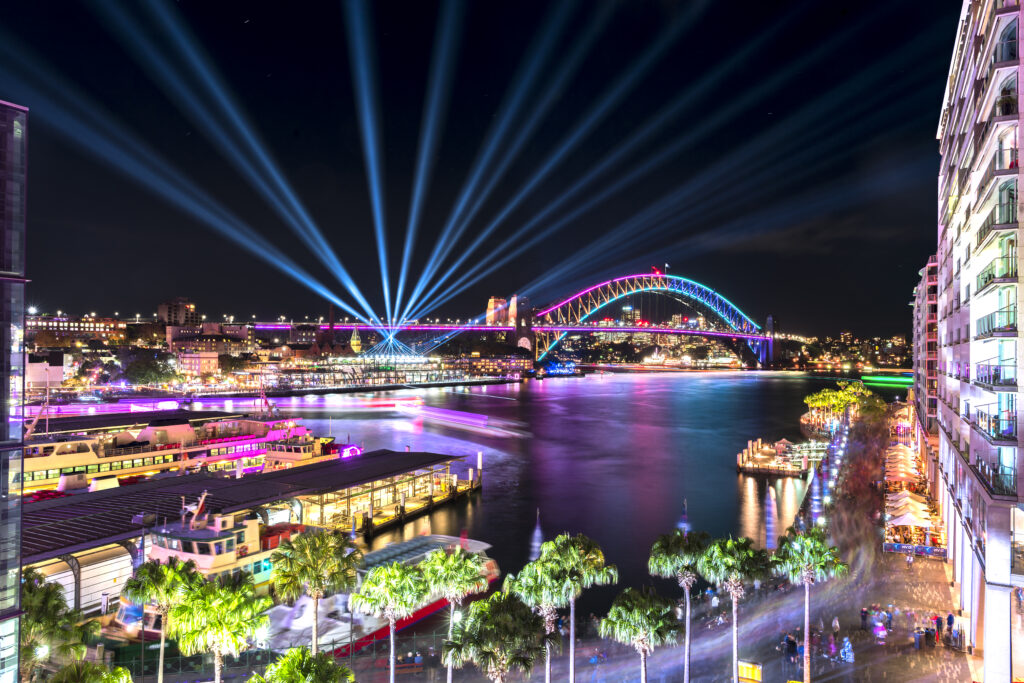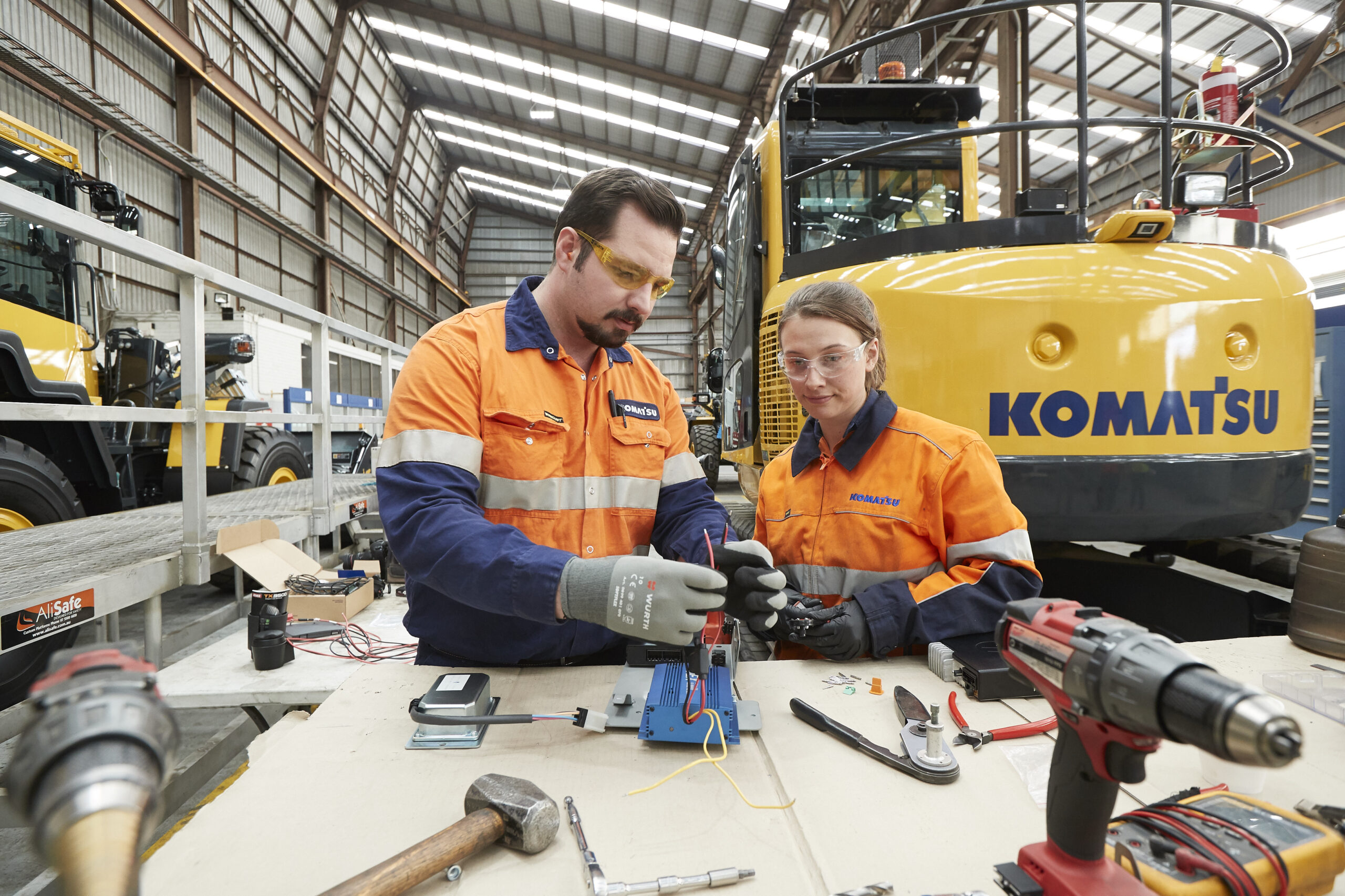As in many parts of the world, street lighting in Australia is in a period of rapid transition. About half of the country’s 2.5 million street lights have been changed to LEDs over the past six years. However, hampered by regulatory barriers, the adoption of smart street lighting controls in this utility-dominated market has been notably slower.
Graham Mawer, a director of Next Energy Lighting, gives his perspective on how the landscape has changed and where it is at now.
Uniquely Low Lighting Levels on Australian Residential Roads
Australia shares a common public lighting standard, AS/NZS 1158, with New Zealand. This standard has close parallels to other international lighting standards, particularly with regards to the lighting of main roads. However, the standard is unique in permitting extremely low lighting levels and long spacings between lights on residential roads.
There are two key implications of the unique aspects of the lighting standard for those managing public lighting in Australia. Firstly, with such unique lighting requirements, all major lighting suppliers have had to develop lighting optics specifically for this market. This inevitably led to delays in the early years of LED adoption but has fortunately been addressed.
Secondly, with an average maintained illuminance roughly twice that of bright moonlight on many residential roads, the potential for dimming on these roads is almost non-existent. However, as society has become more attuned to the environmental impact of public lighting, Australia’s comparatively lower lighting levels are coming to be viewed as a benefit in some quarters.
Utility-Dominated Market
Australia’s street lighting market is heavily dominated by a dozen electricity distributors who own and manage some 90% of the street lighting in the country. Australian local governments tend to directly own street lighting (and other types of public lighting) in prominent commercial and entertainment precincts but the vast bulk of ordinary street lighting on residential and main roads across the country is owned by the electricity distributors.
In recent years, the emergence of new lighting technologies has led to some tensions between Australian local governments and the utilities owning the lights. Local governments have been understandably keen to see LEDs and smart controls widely adopted to secure energy and cost savings, greenhouse gas reductions and improvements in the quality of public lighting outcomes. However, disputes with the utilities over the residual values of the old lights, the costs to install the new lighting and the speed of adoption have dominated public lighting policy discussions and regulatory pricing reviews in recent years. Such tensions will be familiar to those in other parts of the world with utility-owned street lighting,
Not all the challenging discussions have been insoluble. Some electricity distributors have been far more willing than others to adopt and widely deploy new lighting technologies. IPWEA’s view is that two common themes are evident in those areas where LED adoption has proceeded more quickly and where smart controls discussions are more advanced. Firstly, states with stronger regulatory frameworks for public lighting, such as Victoria and New South Wales, are generally more advanced in deploying new technology than others. Secondly, progress is much more evident in parts of the country where local governments have organised into effective groupings to pool expertise and lobby for change with their local utility and with their state government. There are important lessons in this for jurisdictions where new technology adoption has proceeded more slowly.
Council-Owned Lighting Shines
Consistent with the experience in other parts of the world, where the local governments and main road authorities directly control their lighting in Australia, LEDs and smart controls have been much more rapidly deployed.
One needs to look no further for evidence of this than the inner cores of Australia’s major cities where these local government often control a much larger proportion of their street lights than outer suburban and regional local governments.
The City of Sydney was Australia’s pioneer in widely deploying LEDs from 2012 onwards. Adelaide, Brisbane, Canberra, Darwin, Melbourne and Perth have all since widely adopted LEDs and several now have blanket coverage of smart controls.

The City of Sydney has also pushed the boundaries of street lighting in the internationally recognised Vivid Festival, which draws hundreds of thousands of locals – and international visitors (COVID permitting) – who enjoy innovative lighting design which showcases the city.
Regulatory Barriers Hampering Smart Controls
Smart street lighting controls are amongst the most widely adopted smart city technologies in the world with over 20 million lights now being smart controlled. However, their widespread use in Australia has been greatly hampered by regulatory barriers. To date, less than 5% of Australian street lights are thought to be smart controlled.
A key reason for the slow uptake is that it is challenging in Australia’s National Electricity Market for public lighting customers to get any financial benefit from dimming and trimming their street lights. Most street lighting in Australia is currently billed as a deemed load based on the wattage of the light, not the energy it is actually using.
After sustained calls for reform, Australia’s electricity market operator has recently proposed changes that would recognise the data coming out of smart street lighting controls systems as valid metering data. Similar electricity market reforms in the UK, New Zealand and parts of the US in recent years have greatly accelerated the uptake of smart street lighting controls in these jurisdictions. Addressing this important barrier to smart controls adoption in Australia can’t come soon enough.
IPWEA’s Street Lighting & Smart Controls Program
IPWEA’s membership includes senior engineering staff from almost every local government in Australia and New Zealand. Recognising their challenges with new lighting technologies, IPWEA launched its Street Lighting & Smart Controls Program (SLSC Program) in 2016. The SLSC Program Roadmap provides a comprehensive overview of Australian public lighting for those wanting more background while the Model SLSC Model LED and Public Lighting Controls Specifications have been highly influential in procurement processes.














